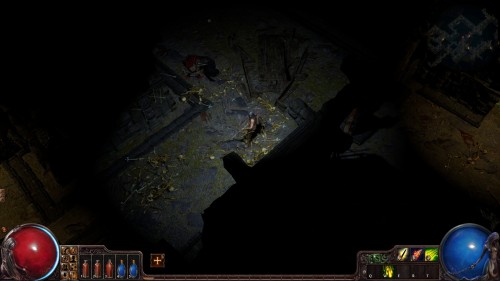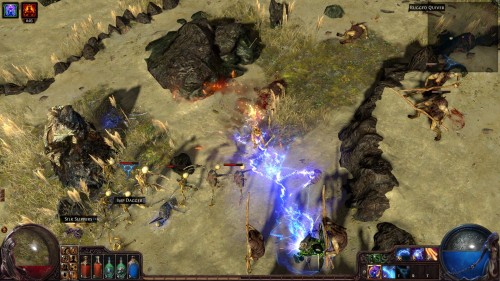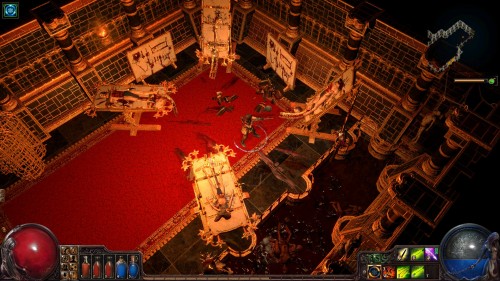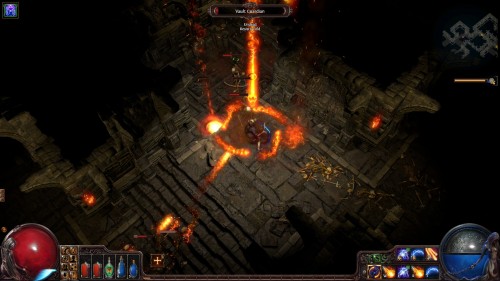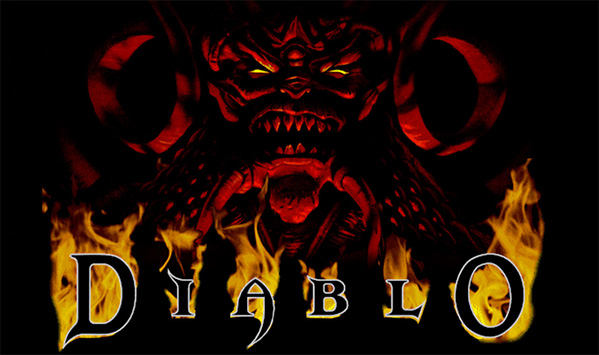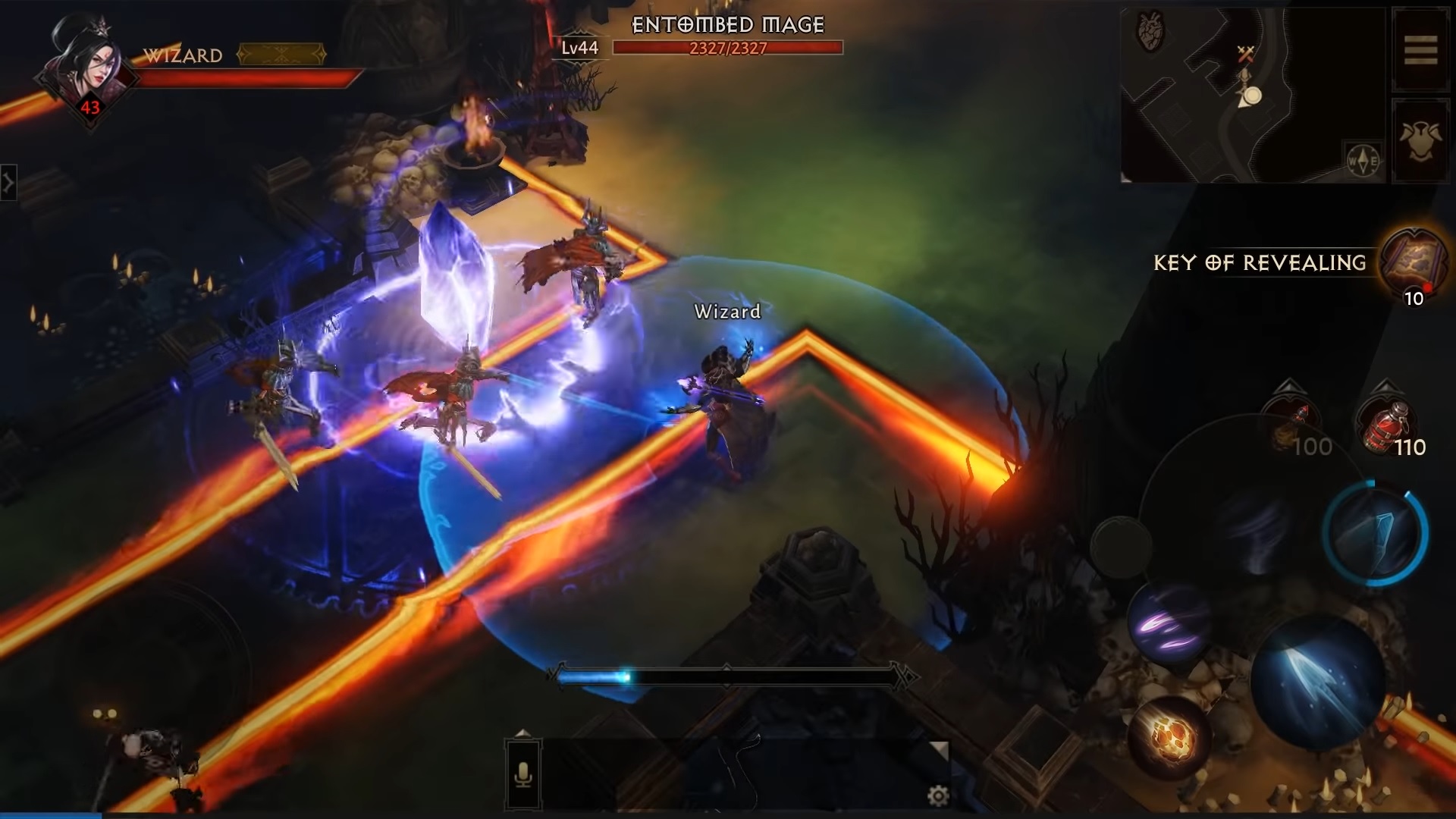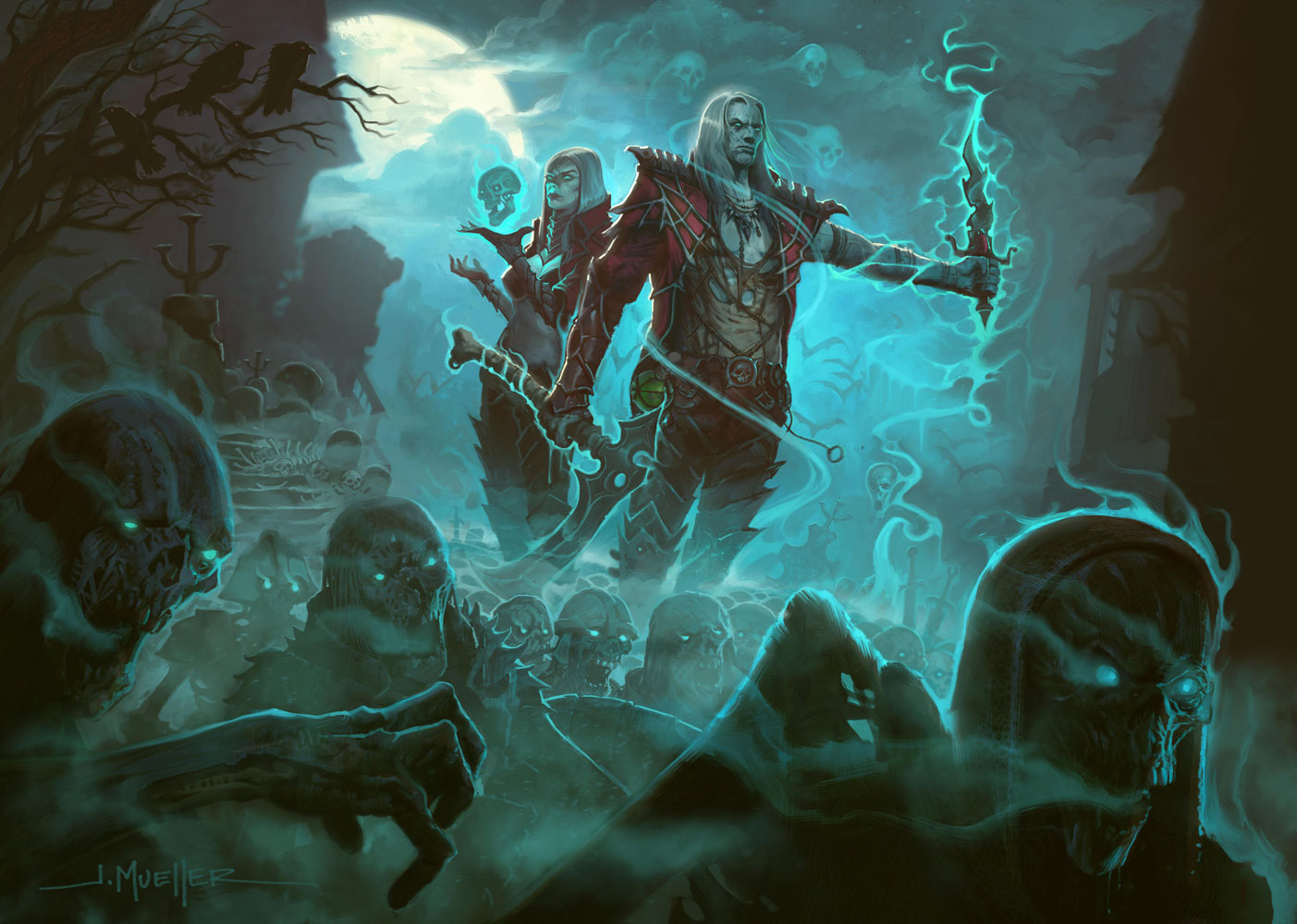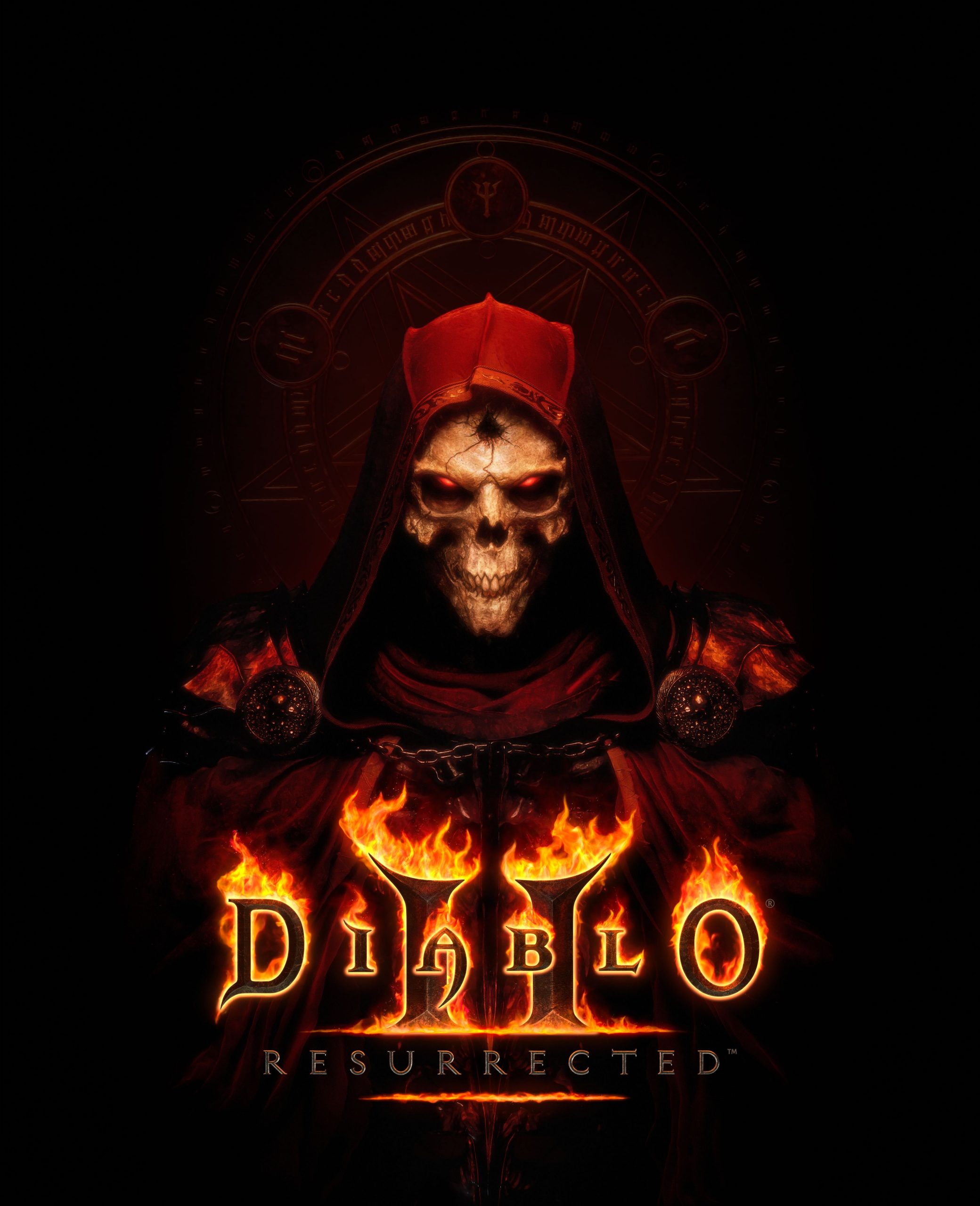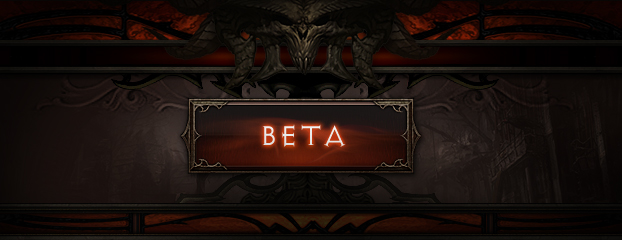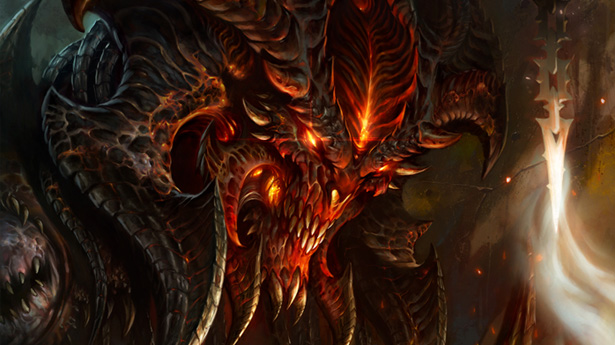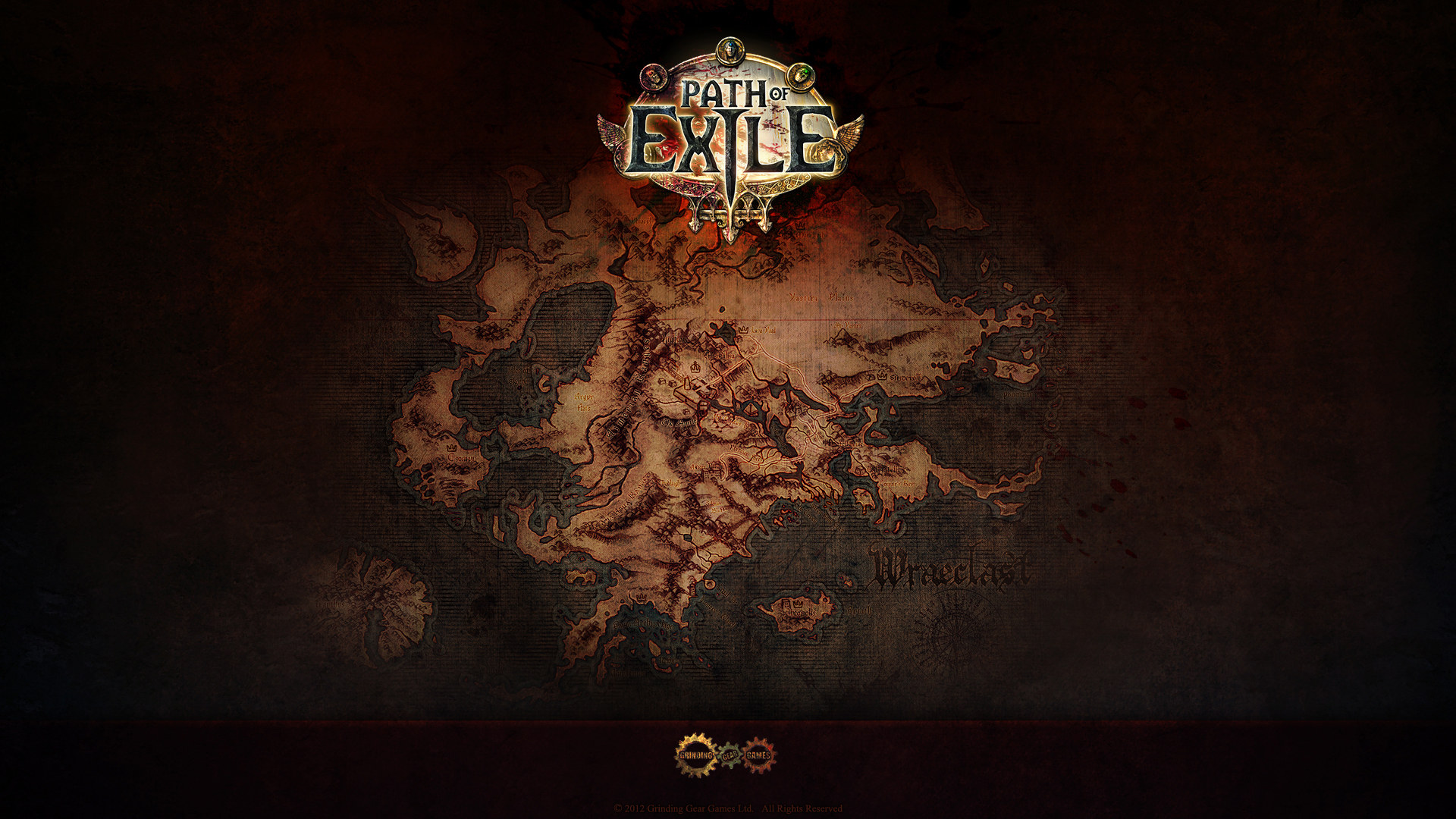
With the launch of Diablo III, it would seem like the demand for a “true successor” to Diablo II would have evaporated. Of course, browsing the internet in the year and a bit since Diablo III’s launch will show that, for many, it failed to recapture the magic of its predecessor. So this has left the market wide open for someone to step up to the plate with a game that feels like Diablo II in every possible way.
Path of Exile, from New Zealand’s Grinding Gear Games is the latest contender for the crown, and it may just be the best one yet. From the moment the game begins, it’s clear this is a game by people who spent a lot of time not just playing Diablo II, but studying every mechanic it offers in detail.
From the moment your character washes up on the beach of the continent of Wraeclast, you could be forgiven for thinking that Path of Exile was the true sequel to Diablo II. The visuals have that same dark, gritty look and even the camera angle is very similar. There’s the red and blue health and mana orbs in the lower corners of the screen, although the action bar takes up far less room and is much easier to read. Well, it’s been a while, so some conveniences have to be afforded.
Play for a while, however, and you’ll see that Grinding Gear Games aren’t just mindlessly copying Blizzard’s classic. They’ve studied Diablo II and figured out what still works thirteen years later, and what doesn’t. Path of Exile is very definitely bringing its own voice to the genre, and we’re better off for it.
Perhaps the biggest difference is that Path of Exile is free-to-play. Ironically, this also means that the game has the same always-online requirement that Diablo III has, but nobody seems to mind. Maybe it’s accepted that if you’re not paying for it, then always-online is okay. There’s a microtransaction store that allows you to buy cosmetic features and minor conveniences such as new stash tabs and guild slots. Free-to-play is often seen as a dirty word in gaming, but Grinding Gear Games have got the balance right, and you aren’t obligated to pay for anything if you don’t want to.
In fact, the free-to-play nature of Path of Exile makes the overall quality of the game that much more impressive. Every zone has a unique look, and there are lots of zones across the game’s three acts. Loot drops are frequent and meaningful, and each of the game’s seven classes is well-designed and fun to play.
You are an outcast, sent to the continent of Wraeclast after committing a crime or angering someone in your homeland. Wraeclast is a continent in turmoil and you are the solution. The story unfolds slowly, although the quests are structured well enough to keep you moving through the game. It’s not outstanding, but then again, these games aren’t really about the story, either.
The good news is that what these games are about— sweet, sweet loot— is done very well in Path of Exile. Good loot drops fairly frequently, but not so much that you’ll find yourself constantly upgrading. Importantly, when it does drop, it’s more often than not something you can use, which will elicit tears of joy from Diablo III players. Severely limited inventory space means that you’ll need to be discerning about what you pick up and use your all-to-precious Scrolls of Wisdom to identify.
One kind of loot that you won’t see drop is gold. Path of Exile eschews this kind of currency in favour of a bartering system that’s based around orbs. Even selling items to vendors results in you getting orbs or scrolls of wisdom rather than gold. This is a fairly clever approach to in-game trading and economy, but it will take some time for the full implications to be understood. What I would recommend as you start out, however, is to hang on to your orbs, because you’ll need them in the endgame.
Visually, Path of Exile is fantastic. I’ve never seen a game use dynamic shadows quite as extensively as this. When crawling through dungeons, your character’s light radius casts realistically onto dungeon walls, through prison bars and whatever else would block light. The result is some impressively-lit dungeons. This goes nicely with the great-looking exterior areas (especially the third act’s city of Sarn) and, as you get to the end of the game, some genuinely gory zones. NPCs and enemy mobs are all nicely detailed, although the animations can be a little stiff at times.
If Path of Exile brings something new to the table, it’s the impressive passive skill tree system. Every character gets access to this tree, which looks not entirely unlike the Sphere Grid from Final Fantasy X, except that in this case, you have actual choices that will actually affect your character’s progression. Levelling up and completing certain quests grants you skill points to spend in the passive skill tree. At first, this tree will seem incredibly intimidating, as you’re given no real direction on how you should build your character. It’s possible to refund individual points if you get certain items, however it’s not possible to reset the entire skill tree if you make a mistake.
There are seven classes in Path of Exile, ranging from pure-magic users (Witch) and ranged damage-dealers (Ranger) through to hard-hitting melee classes (Marauder) and standard high-health tank characters (Templar). Unfortunately there’s no option to pick your gender for each class. In reality, class choice really only determines where you start on the passive skill tree, and it’s possible, though difficult, to spec a witch, for example, as a melee damage-dealer. There is one class that’s intended to be able to be built however you want to: the Scion, a character that you can only unlock after completing the game once.
Path of Exile’s flexibility doesn’t just end at the passive skill tree. Active skills are also incredibly flexible. In fact, characters have no active skills at all, to begin with. To gain them, you need to pick up gems and socket them into gear. That’s right: the game’s gem system is what provides you with all the abilities you’ll use as you play. There are three colours of gems, each corresponding to the game’s primary stats: green for dexterity, red for strength and blue for intelligence. You can then mix-and-match skills from any category (assuming you have the stats to support them) by fitting them into sockets on your gear. There’s also linked sockets, which allow you to link two gems together. The main reason for this is so you can use support gems, which are essentially passive skills in gem form. Support gems modify an ability, for example allowing it to fire multiple projectiles rather than one, at the cost of increased mana use and reduced damage. The more links you have, the more modifications you can make.
The ramifications of all this flexibility are mind-boggling, and there are very few games that offer such broad options for customisation and development. All your character’s growth comes through gems and passive skills, and learning what works best for you is a huge part of the game.
The best way to characterise Path of Exile is that it’s rewarding, but very unforgiving. A lot of the conveniences that modern gamers might expect aren’t available here. Combat can be extremely difficult, and don’t be surprised to find yourself getting smashed by strong mobs early on. This is compounded by the game’s waypoint system, which will often force you to fight your way through previously cleared areas if you weren’t able to reach a new waypoint before death. One of the loading screen tips suggests putting town portals up at the entrance to new areas, and this is good advice. On the harder difficulties (hilariously named “cruel” and “merciless”) you’ll even suffer XP penalties for dying.
This, then, despite its free-to-play nature, is a game for the hardcore ARPG fan. It makes no concessions to new players, and while it can be picked up easily enough, don’t expect much hand-holding. If you’re willing to take the punishment, what you’ll find is a game that, more than any other in recent times, feels very much like the true successor to Diablo II. With promises of continual content updates into the future, as well as long-term plans that seem very cool, Path of Exile might just be the next dungeon crawling classic.
Beautiful visuals
Deep character customisations
Satisfying dungeon-crawling
Unforgiving for new players
Lack of gender options for each class

